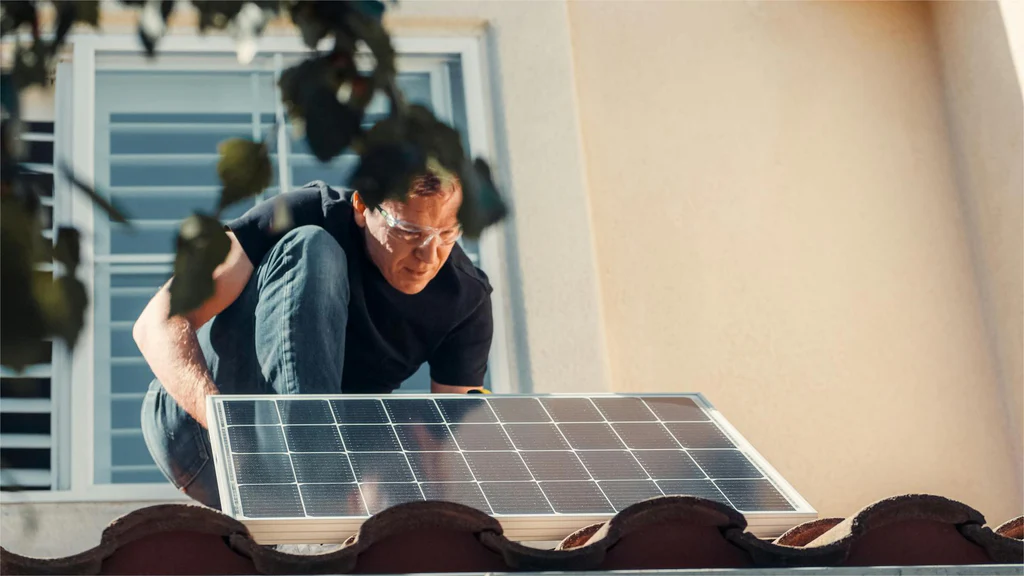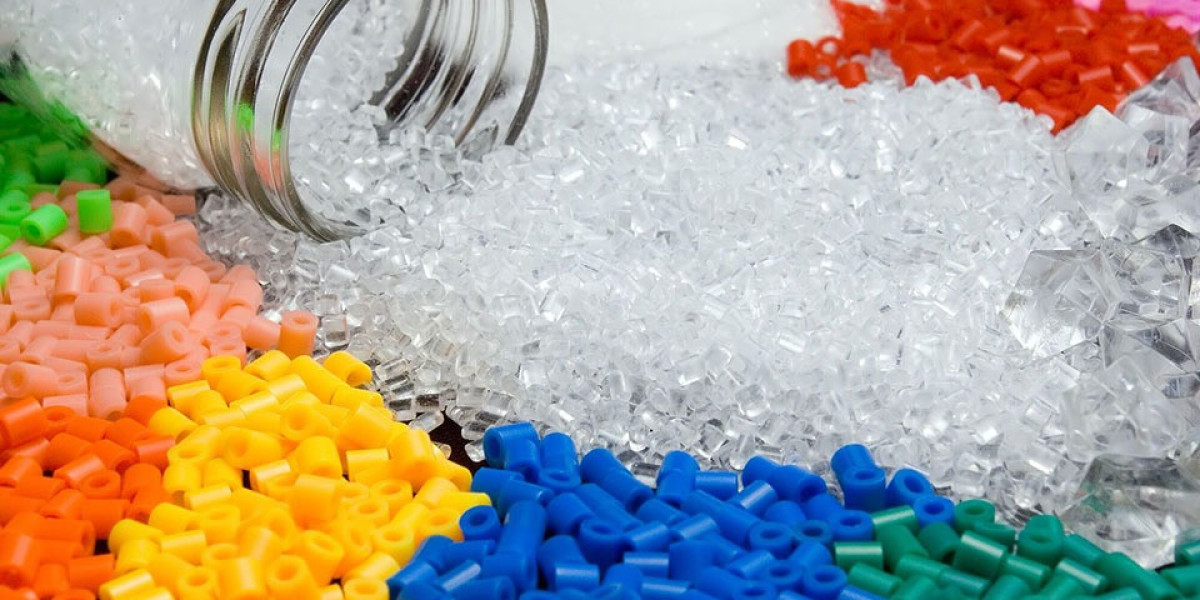Indoor vs. Outdoor Solar Inverters: The Surprising Truth You Need to Know!
As the world increasingly turns to renewable energy, solar inverters play a crucial role in harnessing the power of the sun. These devices convert the direct current (DC) produced by solar panels into alternating current (AC), which can be used to power homes and businesses. When considering a solar energy system, one important decision is where to install your solar inverter: indoors or outdoors. This article aims to explore the pros and cons of indoor and outdoor solar inverter installations, providing valuable insights to help you make an informed decision for your solar setup.

Understanding Solar Inverters
Solar inverters are vital components of solar energy systems, acting as the bridge between solar panels and the electrical grid or your home’s electrical system. They ensure the electricity generated from sunlight is converted into a usable form. The choice of installation—indoor or outdoor—affects the inverter's performance and longevity. Indoor installations usually occur within a garage or basement, while outdoor installations can be mounted on walls or structures that expose them to elements. Each option presents distinct considerations regarding placement, accessibility, and environmental factors.
Pros of Indoor Solar Inverter Installations
Installing solar inverters indoors offers several advantages. Firstly, protection from the elements is significant; indoor units are shielded from rain, snow, and extreme temperatures that outdoor units would face. This protection reduces the risk of damage and enhances the inverter's lifespan. Additionally, indoor installations lower the chances of theft or vandalism, as they are less visible to potential intruders. Another advantage is easier access for maintenance and monitoring, allowing homeowners to keep a close eye on their solar energy systems without braving the weather.
Energy Efficiency and Performance
Indoor installations can lead to optimized energy efficiency. Since the temperature is generally easier to control indoors, the inverter operates in a more stable environment, preventing overheating. This stability can enhance performance, ensuring the inverter effectively converts solar energy into usable power without the interruptions that extreme temperatures can cause.
Cons of Indoor Solar Inverter Installations
However, indoor installations are not without their drawbacks. Space limitations can be a significant issue, particularly in smaller homes where finding adequate room for the inverter can be challenging. Moreover, if the indoor area is not properly ventilated, there is a risk of overheating, which can lead to decreased performance or even damage to the inverter. Additionally, installing an inverter indoors might require more extensive wiring to connect to the solar panels, potentially increasing installation costs and complexity.
Pros of Outdoor Solar Inverter Installations
Outdoor installations come with their own set of benefits. One of the primary advantages is the availability of better airflow, which helps keep the inverter cool during operation. This can enhance the inverter's efficiency and performance. Moreover, outdoor installations often offer more space for larger systems, making it easier to expand if needed. They also benefit from direct sunlight exposure, which can improve efficiency and energy production, particularly during peak sunlight hours.
Installation Flexibility
Outdoor installations provide flexibility in terms of placement options. Homeowners can position the inverter optimally concerning the solar panels, which can be crucial for maximizing energy production. This flexibility allows for adjustments based on specific household needs and preferences, enabling a more tailored solar energy setup.
Cons of Outdoor Solar Inverter Installations
Despite their advantages, outdoor solar inverter installations come with several drawbacks. The primary concern is exposure to weather elements, which can lead to potential damage over time. Rain, snow, and extreme temperatures can affect the inverter's functionality and lifespan. Additionally, outdoor units may be more susceptible to vandalism or theft, as they are more visible and accessible to potential intruders. Furthermore, outdoor installations require robust weatherproofing measures, which can increase installation complexity and costs.
Making an Informed Decision
In summary, both indoor and outdoor solar inverter installations have their pros and cons. Indoor installations offer protection from environmental factors, ease of access, and enhanced energy efficiency, while outdoor installations provide better airflow, flexibility in placement, and potential direct sunlight benefits. Ultimately, the choice between indoor and outdoor installations depends on your specific circumstances, including space availability, climate conditions, and personal preferences. Consulting with a solar energy professional can help you tailor the right solution for your needs, ensuring you maximize the benefits of your solar energy system.





